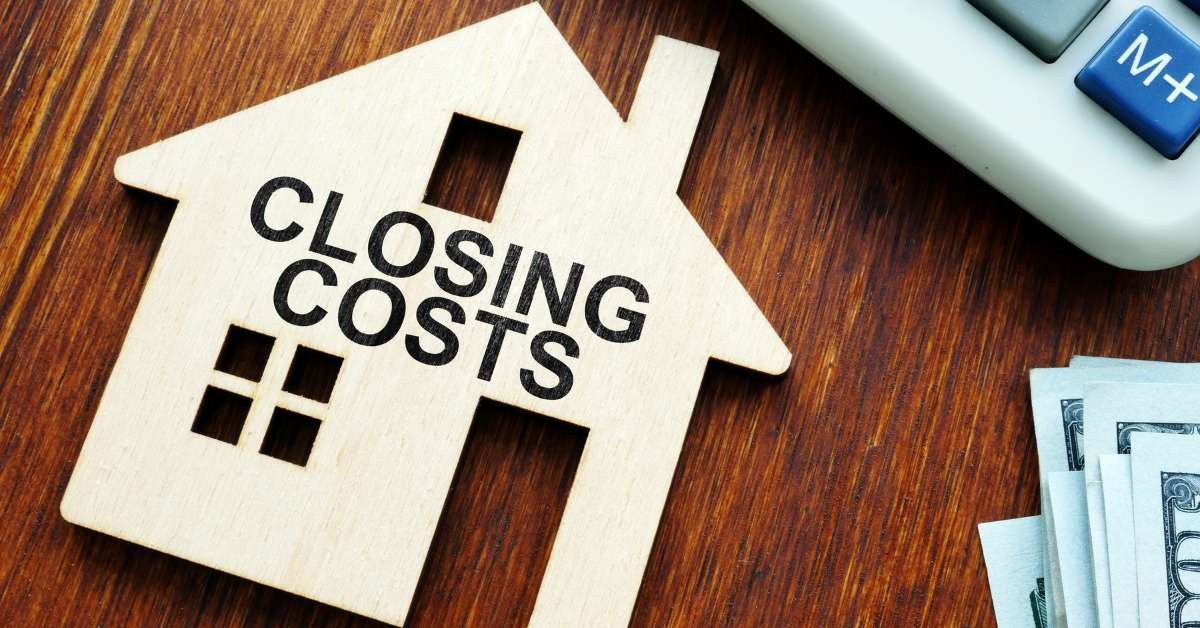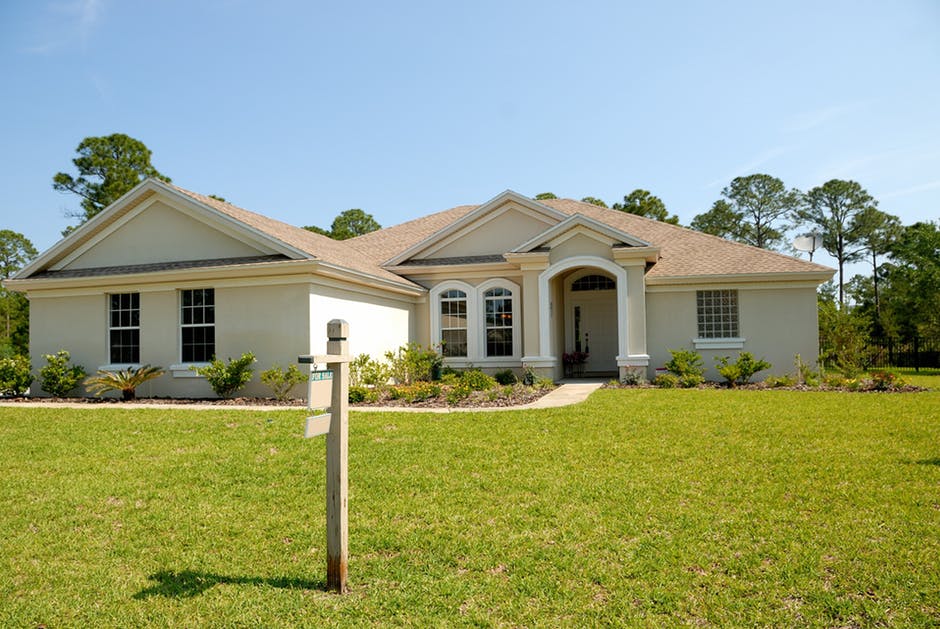Every landlord wants to make a good first impression and start the relationship on the right foot. It begins with an intro letter
Key Takeaways:
- Objectives for sending a landlord intro letter include creating a beneficial landlord-tenant relationship
- Landlord intro letters also help ensure rent continues to be paid on time
- A new landlord letter can include sections for an introduction, contact information, updates to tenant and lease information, and instructions for paying rent
Investing in a new rental property, especially one that already has tenants, is one of life’s most exciting moments. Generating revenue once escrow closes can make you feel pretty good and set you up for a more secure financial future.
Many tenants are thrilled to get a new landlord, but only sometimes. There are other circumstances when such major changes can sincerely upset tenants and cause problems before you even get started.
The solution is to introduce yourself in a friendly, informative, and authoritative way. Tenants have a legal right to know when their building changes hands, but it’s also the perfect time to set this new relationship off on a positive note. Read on to find out how to write a landlord introduction letter that will knock the socks off your new tenants.
Landlord Introductory Letter
A landlord introduction letter is a document provided to all current tenants listing the names of the new landlords and any relevant information tenants may need to know immediately. It’s important to note that many tenants in Washington, D.C., have the right to purchase their rental first. They are also afforded the right to know who the new landlord is if they decline.
Landlord Letter Objectives
This letter of introduction does more than the obvious. It introduces the new landlord, but it also outlines any changes taking place in the rental agreement. Some typical objectives for a new landlord intro are to:
- Explain the process for paying rent
- Share contact information
- List business hours
- Explain how to submit maintenance requests
Taking over a new property requires a lot of legwork to get up to speed. Some of this can be initiated with the intro letter. Take some time to make sure you include everything you need to be a successful property manager tenants adore.
Additional Documents to Include
Writing a new landlord letter gives you a chance to put your tenants’ minds at ease about many things. You can assure them that the terms of their lease are still valid and the rent amount is upheld, but it’s also a great time to touch base on some other elements, such as:
Tenant Information Update
You’ll want current information on all your new tenants, and the best way to do that is by asking them to fill out a form and return it to you. It should request all occupants’ names, contact information, vehicles parked at the residence, emergency contacts, and employment information.
Property Inspection
Inspecting any new property you buy is always a smart move. Send along a notice of property inspection with your intro letter to let residents know you plan to inspect. It’s an efficient way to check out the condition of your new property and address maintenance concerns.
Rent Adjustments
A good time to announce a rent change is in the introduction letter. Make sure to include the date the changes will go into effect. List any meeting dates scheduled to go over changes, as well.
Having a mutually beneficial relationship with your tenants requires transparency, and an introduction letter is a great place to start. It shows your new tenants that you are honest, friendly, and open to improvements in the community.
Basic Landlord Introduction Letter Template
Your intro letter can be customized as needed, but they tend to all have some fields in common. Use this basic template to help you craft your own landlord intro letter.
Gloria Treatwell
774 Miles Drive
Greenlea, TX 97555
Nov. 16, 2023
Jean LaRue
22 Pastshal Ln
Greypeaks, ID 97555
Dear Ms. LaRue:
I want to introduce myself as the new property manager of [address]. Please be advised that your current lease and payment terms will remain in effect.
However, all payments, maintenance requests, and other correspondence must be sent to the new address listed at the top of this letter. Please make note of this change. If you currently use an automatic draft, cash deposits, or electronic payment for your lease payment, please contact your financial institution and take the necessary steps to transfer automated rent payments.
I have included a Tenant Information Form included with this letter. Please complete this form and return it to me at your earliest convenience. It is important we have all your essential information updated for our files.
We also want to inspect the property and address some minor concerns recently noted. We will contact you to coordinate an inspection time once we’ve received your Tenant Information Form and related documents.
I look forward to getting to know you and providing you with exceptional management, including prompt maintenance and creating a safe and pleasant place to live.
Sincerely,
Gloria Treatwell
Tweak this template to include what is relevant for your situation. Include funny anecdotes or other personal touches (if you feel it’s appropriate) to let your tenants know you’re approachable and considerate.
Your landlord introduction letter is vital to your burgeoning relationship with your tenants. Some may have considered moving when they heard a new landlord was coming in, but your letter could be what convinces them to stay. Write from the heart and be transparent about business changes on the horizon. This can help you build a strong relationship with your renters.
Reduce the Paperwork Hassle With Help From the Pros
Managing property is one of the most rewarding jobs on the planet. That doesn’t mean it’s easy. Nomadic Real Estate provides property management services in the Greater Washington, D.C., area. Our team knows how to identify common mistakes before you make them and will use our experience to help ensure you have stress-free renters. Contact Nomadic Real Estate for more information on your property management needs.



































